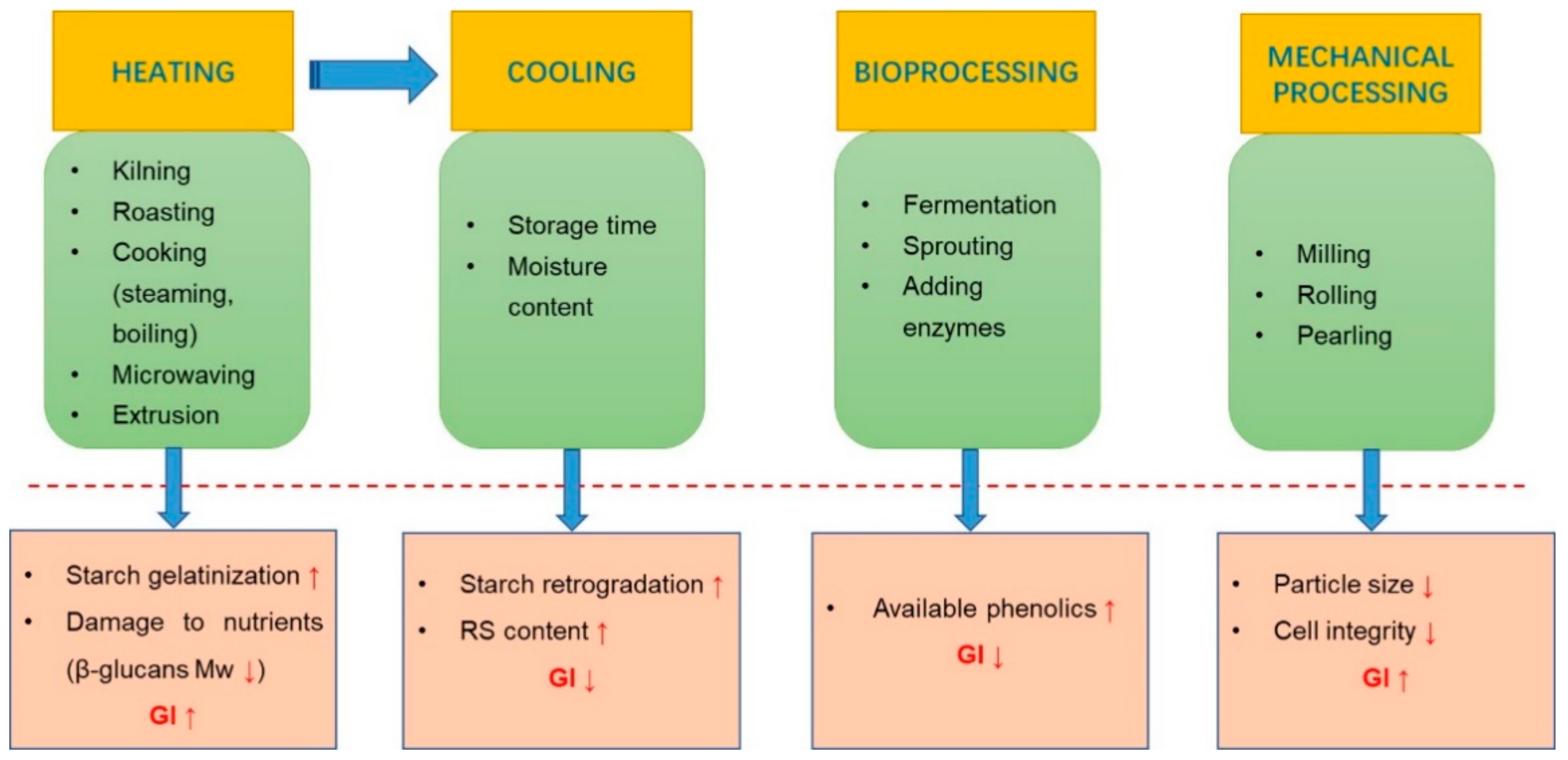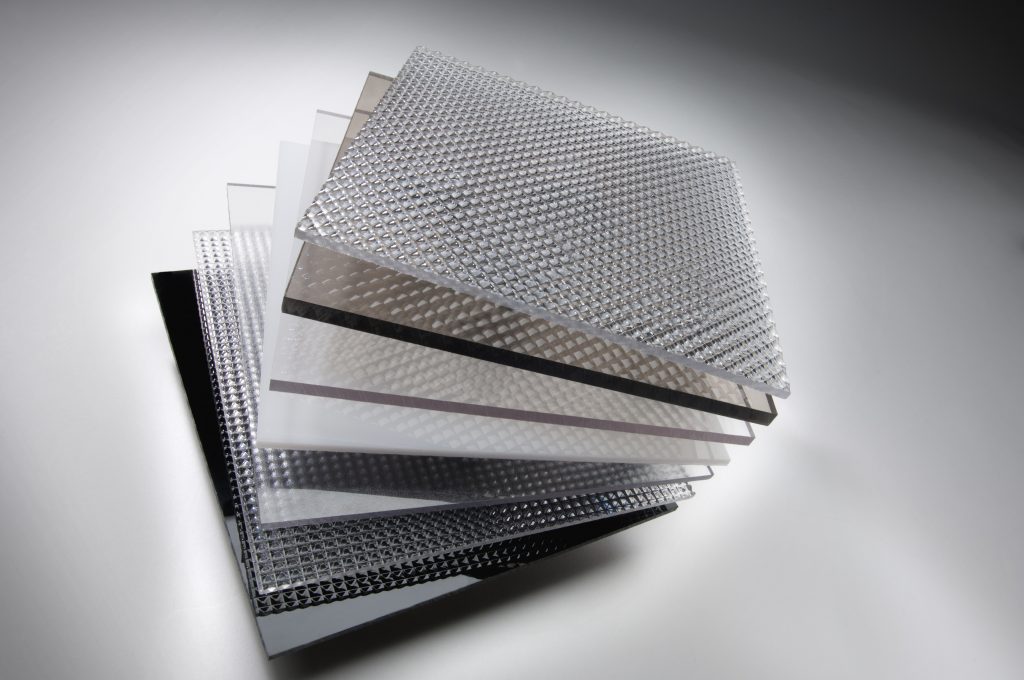

It has been reported that as much as 75% of the daily calorie intake of the people in some Asian countries is derived from rice. Rice ( Oryza sativa L.) is the staple food for nearly two-thirds of the world’s population. However, motivation and awareness of the environment and health, and even a nominal incentive may require for a method switching which may help in building a sustainable society. A switch in production and consumption patterns would improve food security where food grains are scarce, and provide more health beneficial food components, may prevent some diseases and ease the burden on the Earth. This study also reveals that a change in rice consumption patterns not only supply more food components but also reduces environmental loads. A change in consumption patterns from PBR to untreated rice (non-parboiled), and WMR to PMR or BR may conserve about 43–54 million tons of rice and reduce the risk from arsenic contamination in the arsenic prone area.

Although the arsenic concentration in cooked rice depends on the cooking methods, parboiled rice (PBR) seems to be relatively prone to arsenic contamination compared to that of untreated rice, if contaminated water is used for parboiling and cooking. Brown rice (BR), germinated brown rice (GBR) and partially-milled rice (PMR) contains more health beneficial food components compared to the well milled rice (WMR). Food components and environmental load of rice depends on the rice form that is resulted by different processing conditions. Rice is the staple food for nearly two-thirds of the world’s population.


 0 kommentar(er)
0 kommentar(er)
